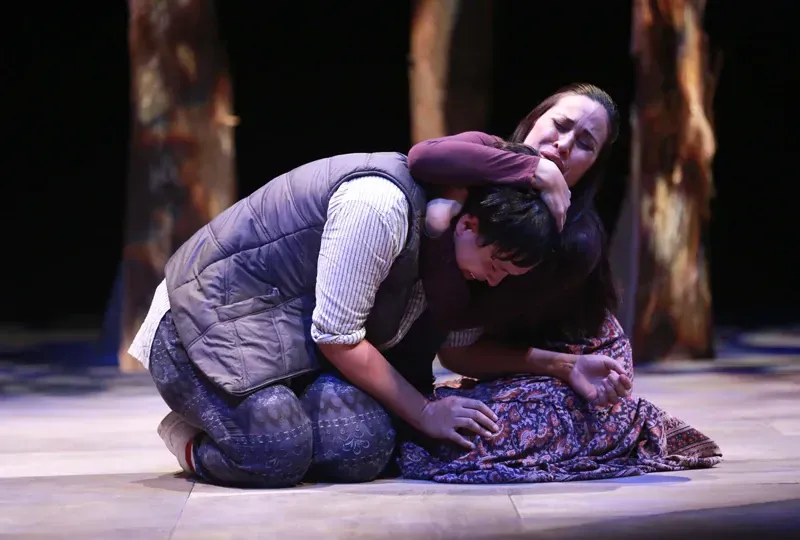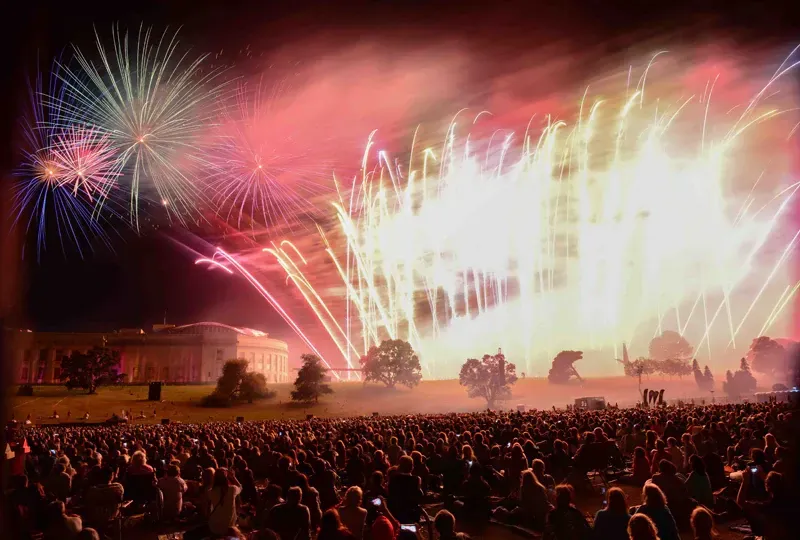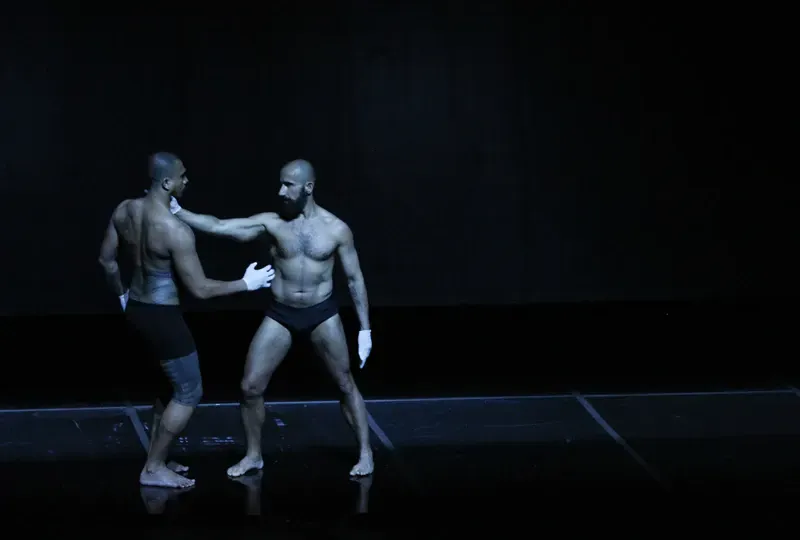AAF Digest: The Unexpected
Written by

It's a week since Auckland Arts Festival welcomed patrons to an intense schedule of events that has transformed the Auckland CBD into a glowing site of pink theatricality.
During the past week I’ve been fortunate enough to witness the on-going development of Nancy Brunning’s HIKOI, revisit Lemi Ponifasio’s I AM and enjoy the magic of Groupe F’s spectacular light show at the Auckland Domain. It seems to be the just the right amount of theatrical main courses for the first week because as with all festivals it’s the titbits that you pick up on the wayside that seem to be as delicious – and certainly no less satisfying.
Watching the Miller sisters in Brunning’s play I couldn’t help but imagine what a great film this has the potential to be: different lives spliced together across generations and set against such a distinctly New Zealand backdrop how could this not be an instant favourite for telling our stories our way? During interval I wandered in search of an elusive program and bumped into a couple of other reviewers unaware that my aimless wanderings in the foyer of Q theatre would resonate with me so strongly a week later.
This is partly due to a conversation that ensued because whether you’re a reviewer (or not) an obvious question to ask during an interval is whether one is enjoying the show. However, one of the responses I received from a fellow critic was that they never discussed shows with other reviewers until they had been published. I was told this was to ensure that opinions remained unique and multiple different voices contributed to a discussion.
Valid? Perhaps. Actually no not really. Because why should conversations be stifled because there is a fear that intelligent provocative discussions might sway opinions? Isn’t that precisely the point of critical commentary? That engaged reflective and reflexive opinions are brought out of the safety of shallow waters and dare to speak not just on behalf of a single person (and offer a highly subjective opinion) but be cognizant of the of limits of knowledge and experience? Would that not provide a rich and open platform for work to be championed, challenged and explored?
It made me recall reviewing work in Edinburgh particularly at the International Festival where on opening nights all the critics (including The Scotsman, Guardian, FinancialTtimes and yes, even me from NZ) would all be sitting together and almost every night we would end up having lengthy discussions about the work. The luxury of having so many different voices offering a range of opinions never once compromised any original thought or commentary and later reading some of the reviews it was heartening to see that critical commentary offers more than a mere euro-centric checklist of aesthetics - it believes in engaging with people and with story at a deeply intrinsic level.
Are we at a risk of not having those conversations? Having been back in the country after six years away perhaps it’s too early for me to say.
Equally with Lemi’s I AM I was thrilled to see that the work has developed since it’s Edinburgh showing – that the intimacy of the space allowed the soundscape to reverberate in ways that escaped my attention at the Playhouse in Edinburgh and that despite the length (still too long) that the sense of communal ceremony was magnified in the giving and sharing of such a precious gift. An intangible passing of beauty and story from one group to another and worthy of celebration and life beyond the doors of the theatre.
And taking theatre outside a typical venue is a reconnection with its earliest forms and Skin of Fire with its carnivalesque atmosphere combined that magic. Beneath clouds that threatened to rain and wind that refused to drop for the majority of the evening, my Saturday night was spent with family - listening to the grizzling's of a brother and sister as they made rude noises (much to their mother’s embarrassment) and valuable conversations on the ongoing need for brains for research and consequently the bureaucracy of the coroner potentially becoming your next of kin in certain situations (!!!) and of course fried dough dusted with cinnamon and chocolate sauce to allow occasional deeply satisfied mastication.
Festivals are thus unexpected. And the surprises are found in the most unexpected places.
The works of this year’s AAF are of a high standard and conversations with our guests from Australia and overseas continue to reaffirm the fact that we have exceedingly talented individuals and companies who are making brilliant work – not just in the cities but in the regional centres of our nations there is a healthy appetite for bringing work from across the land and internationally to audiences who are ready for their certainties to be challenged.
And some of that work is right here at the Auckland Arts Festival where it is possible to catch a glimpse of the future of the arts in New Zealand.

